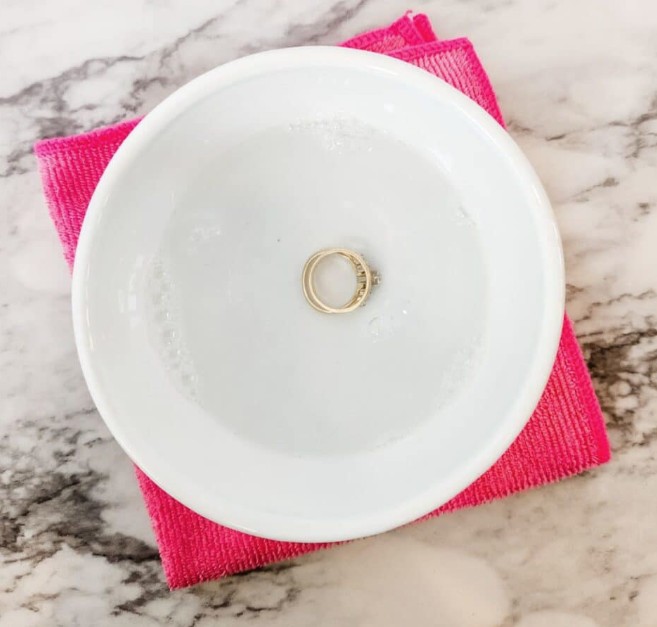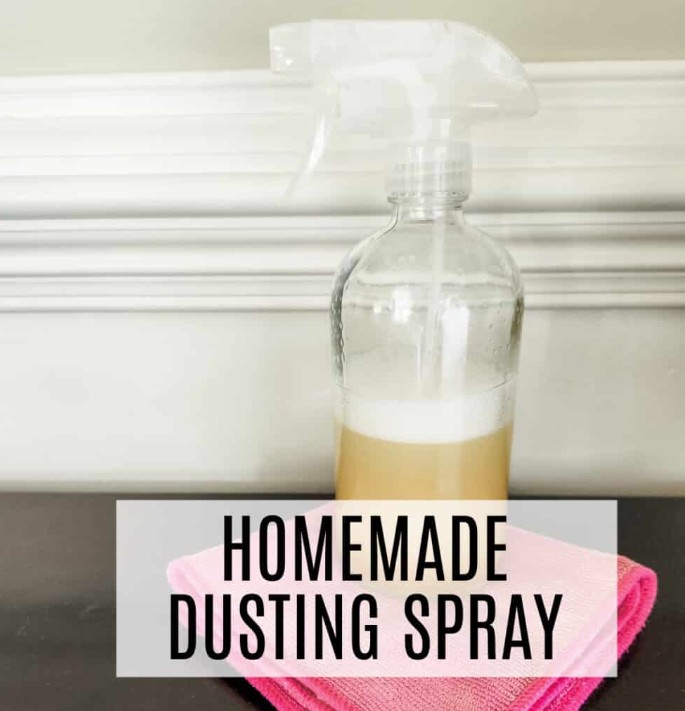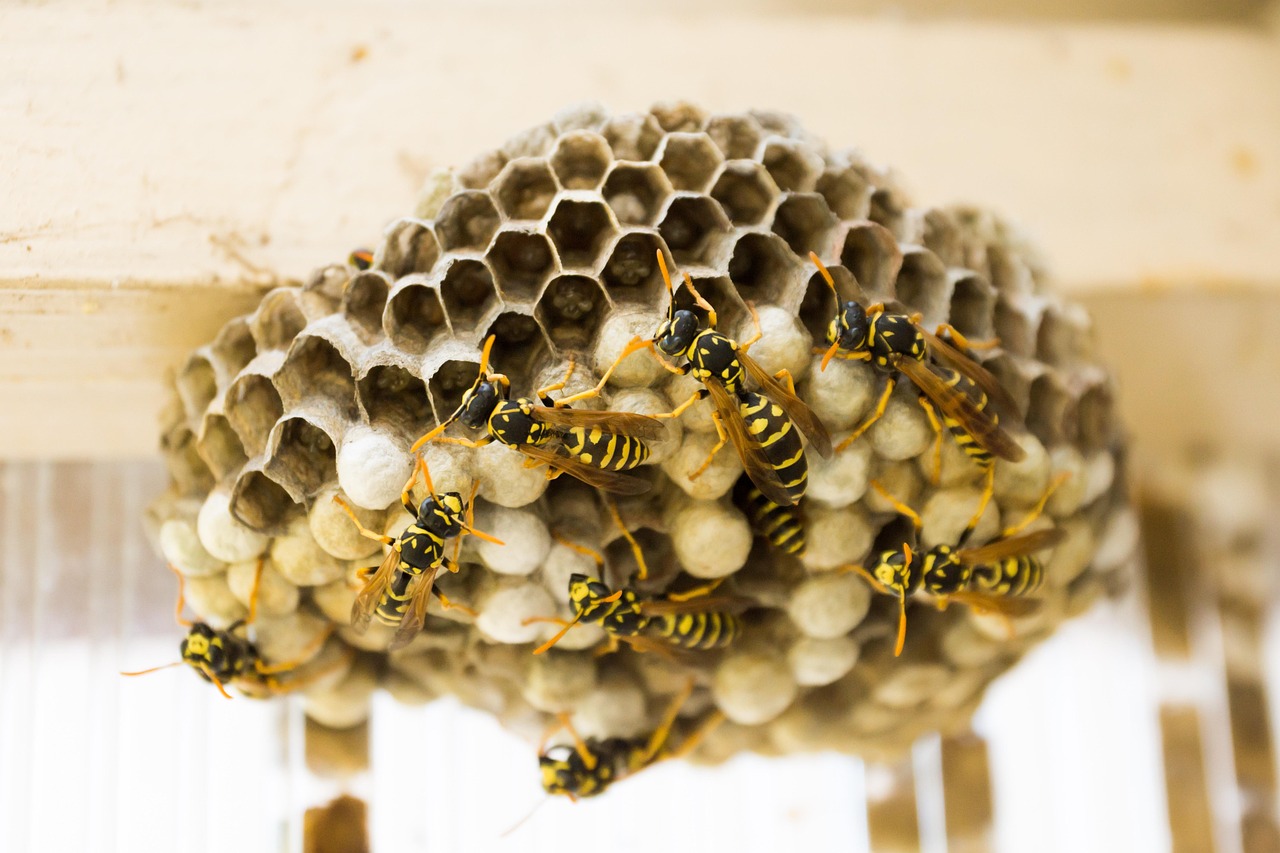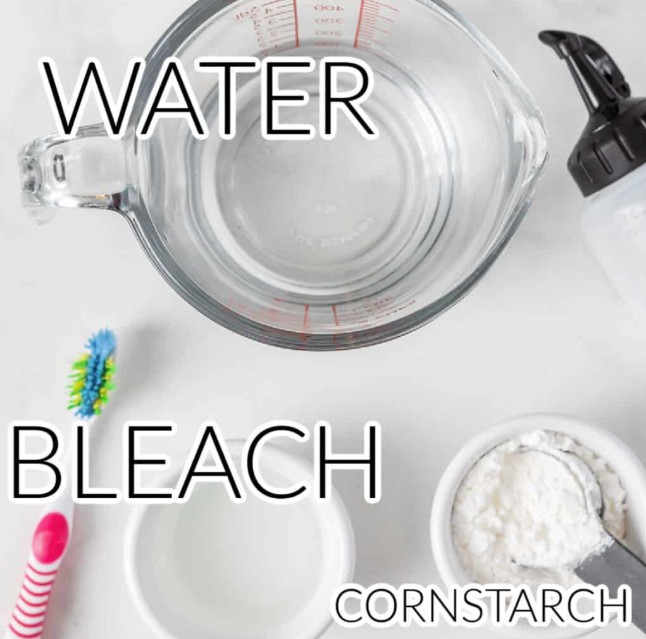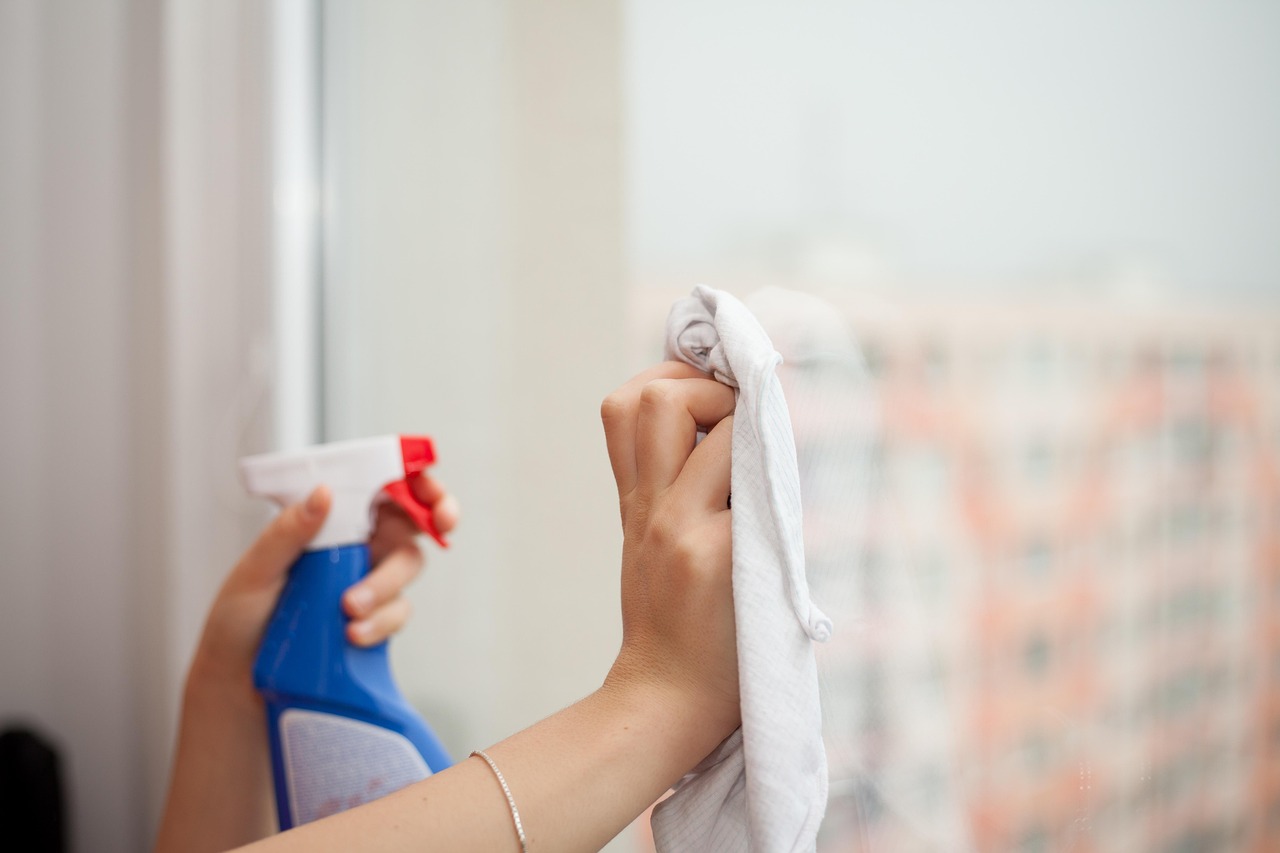When your favorite necklace looks dull or your ring loses its sparkle, the solution might be in your kitchen. DIY jewelry cleaner at home isn’t just about making it shine again—it’s about caring for the memories those pieces hold. Using simple ingredients from around the house lets you skip the jeweler, save money, and avoid harsh chemicals. With a few easy steps and gentle products, you can bring almost any jewelry back to life safely.
Why Clean Your Jewelry at Home?
Jewelry touches skin, hair, lotions, perfumes, and the outside world. It collects tiny particles and oils. In time, rings, chains, and earrings look dull or even feel sticky. If you ignore regular cleaning, your pieces risk lasting harm. Neglect sometimes leads to tarnish, weakened clasps, and even lost stones. Home cleaning, when done right, can help your favorite items last a lifetime.
Professional cleaning does a great job, but it can also be pricey and a bit inconvenient. Isn’t it better to manage simple routines yourself and reserve professional care for only the toughest jobs? You’ll save both time and money—and keep that sparkle going.
Preventing Tarnish and Damage
Cleaning at home means you can intervene before that chain turns gray. Early cleaning removes dirt that can eat away at metal or irritate sensitive skin. Sweat and moisture often speed up tarnishing, especially for silver pieces. Wiping down jewelry after wearing it helps, but deep cleaning hits every crevice and gap.
In summary:
- Regular DIY cleaning keeps jewelry bright.
- You reduce the risk of permanent stains or scratches.
- Clean jewelry feels better and is safer for your skin.
DIY Jewelry Cleaner Recipes and Methods
Let’s get practical. Wondering how to clean gold, silver, or gemstone jewelry at home without damage? Put down the toothpaste (too abrasive) and skip miracle cures you see on social media. The ingredients you need are already in your kitchen.
All-Purpose Homemade Jewelry Cleaner: A Safe Formula
This easy recipe covers most types of sturdy jewelry, including gold, silver, and many hard gemstones (like sapphires or rubies). Here’s what you need:
Ingredients:
- 1 cup warm water (not hot, just comfortable)
- 1 teaspoon dish soap (a mild brand works best)
- 1 soft-bristled toothbrush
- 1 clean, soft cloth
Steps:
- Mix the dish soap and water in a small bowl.
- Soak your jewelry for 15 to 20 minutes.
- Use the toothbrush to gently brush away dirt, focusing on crevices.
- Rinse under running lukewarm water.
- Pat dry with the soft cloth—do not rub, as this could scratch the surface.
Why it works:
Dish soap cuts through grease and oil from your skin, making it ideal for day-to-day buildup. The soft brush reaches tight spaces but doesn’t scratch metal or gemstones.
Works best for:
- Gold (plain and with gems)
- Silver
- Platinum
- Hard gemstones (sapphire, diamond, ruby)
Don’t use this method on softer stones (such as opal, turquoise, or pearls) or porous materials. Water and soap can dull or weaken them.
DIY Diamond Cleaner (Not for Soft Stones)
Diamonds need a little extra help against buildup, but harsh chemicals can damage the setting or other stones. This mixture is simple and works well for diamond rings and earrings.
You will need:
- 5 to 6 drops of dish soap
- 2 tablespoons white vinegar
- 2 tablespoons water
- Soft jewelry brush or new toothbrush
- Small bowl
Method:
- Mix dish soap, white vinegar, and water in the bowl.
- Place your diamond jewelry in the solution.
- Let it soak for 30 minutes to an hour.
- After soaking, brush gently to remove any hidden grime.
- Rinse under lukewarm water and let air-dry on a clean towel.
Why it works:
Vinegar helps dissolve mineral deposits and soap scum without harming the diamond. The combination breaks down grime and returns the fire to your stones.
Warning:
Keep this mix away from pearls, opals, turquoise, emerald, and other soft or porous stones. Vinegar is too strong for these gems.
How to Clean Gold, Silver, and Gemstones Safely
Every material needs its own approach. What works for one can destroy another.
Gold:
- Soak briefly in warm soapy water.
- Brush gently, focusing on chain links and engravings.
- Rinse well.
- Dry with a lint-free cloth.
Silver:
- Use the dish soap and warm water method for light tarnish.
- For stubborn tarnish: make a paste from baking soda and a few drops of water, then rub gently with your finger (skip this for jewelry with set stones).
- Rinse and dry.
Gemstones (hard stones):
- Use dish soap and water only.
- Don’t soak porous stones.
- For aquamarine, topaz, and tanzanite: avoid sudden temperature changes.
Pearls and soft stones:
- Wipe with a soft, damp cloth—never soak.
- Avoid detergent, vinegar, or baking soda.
Quick tip: Always check jewelry for loose stones before cleaning. Water or brushing can push out gems if prongs are weak.
Common Mistakes to Avoid When Cleaning Jewelry
DIY cleaning is safe if you avoid these missteps. It’s easy to get carried away and end up causing more harm than good.
Don’t:
- Use bleach, ammonia, or strong household cleaners.
- Scrub too hard (especially with gemstones).
- Use paper towels, which can scratch or leave lint.
- Forget to rinse off soap completely—residue dulls shine.
- Soak jewelry with glued-in stones (moisture breaks glue).
Do:
- Use only soft brushes.
- Dry pieces thoroughly before storing.
- Store cleaned jewelry in soft pouches or lined boxes to prevent scratching.
A bit of common sense and a light touch go a long way.











